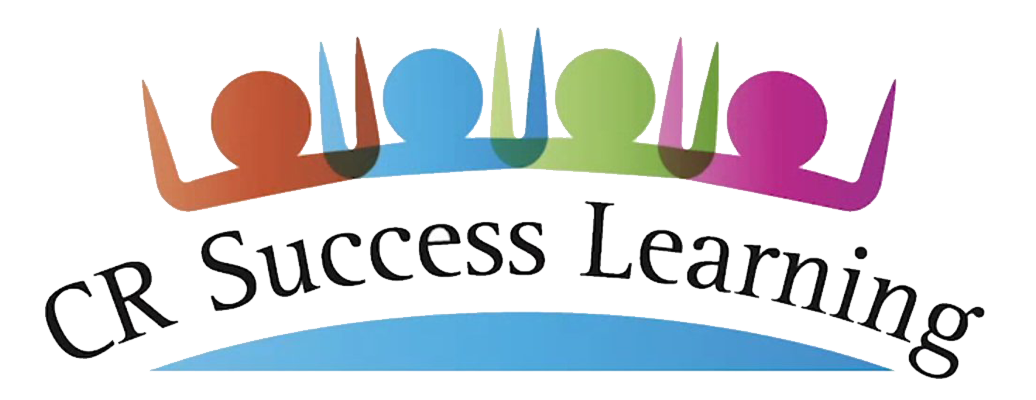🔎 Morphology Part 1: The Science of Reading
Research shows that understanding word parts builds vocabulary and boosts reading comprehension. Morphology helps students make sense of unfamiliar words and read with more confidence.
🖋️ Morphology Part 2: Conversations with Cheryl
Making morphology part of daily instruction can boost vocabulary and comprehension. Cheryl Rose Campbell shares ways to guide word analysis and spark meaningful discussion.
📌 Morphology Part 3: Teacher Tips
Practical strategies make it easier to teach morphology with confidence. This post offers simple routines and activities to help students break down words and build stronger vocabulary skills.
🧭 Morphology Part 4: Where Do We Go From Here?
With reading scores down and resources tight, small shifts matter. Morphology offers an affordable, practical way to strengthen reading—one morpheme at a time.
🔎 Spelling Part 1: The Science of Reading
Spelling is more than just getting words right. it helps students connect sounds, patterns, and meaning. Let’s look at why spelling is such an important piece of real literacy growth.
🖋️ Spelling Part 2: Conversations with Cheryl
Cheryl Rose Campbell, CRSL president, shares eight key ideas that shaped our word study program titled Wordsmith. She demonstrates how thoughtful spelling instruction builds real skills that stick.
📌 Spelling Part 3: Teacher Tips
Good spelling habits start when students do the thinking themselves. We share easy ways to shift the thinking back to students, with simple tools and feedback that build real confidence.
🧭 Spelling Part 4: Where Do We Go From Here?
You don’t need a total overhaul to see progress. This wrap-up brings together the research, the classroom moves, and a few ways to keep moving forward, one small shift at a time.
🔎 Assessment Part 1: The Science of Reading
Formative assessment isn’t just another buzzword. It is a research-backed process that helps teachers adjust instruction in real time. In this post, we unpack the science behind curriculum-based measurement (CBM) and why it’s essential for monitoring literacy progress.
🖋️ Assessment Part 2: Conversations with Cheryl
When it comes to assessment, we keep four key questions in mind—each one focused on keeping feedback practical, connected, and teacher-friendly. Cheryl shares how these principles shape our work at CRSL and beyond.
🔎 Oral Language Part 1: The Science of Reading
Why is oral language so important? We explore what the Science of Reading tells us about oral language development — and why it’s the foundation for reading success.
🖋️ Oral Language Skill Part 2: Conversations with Cheryl
What does oral language look like in action? Cheryl Campbell shares real-life classroom examples and strategies for building strong, interactive conversations with students.
📌 Oral Language Skills Part 3: Teacher Tips
How can teachers strengthen oral language and academic language every day? Practical tips for making directions clear, building vocabulary, and supporting oral language through play and read-alouds.
🧭 Oral Language Skill Part 4: Where Do We Go From Here?
Where do we go from here? A look at key takeaways, classroom reflection questions, and simple next steps for growing students’ oral language — the foundation of reading success.
